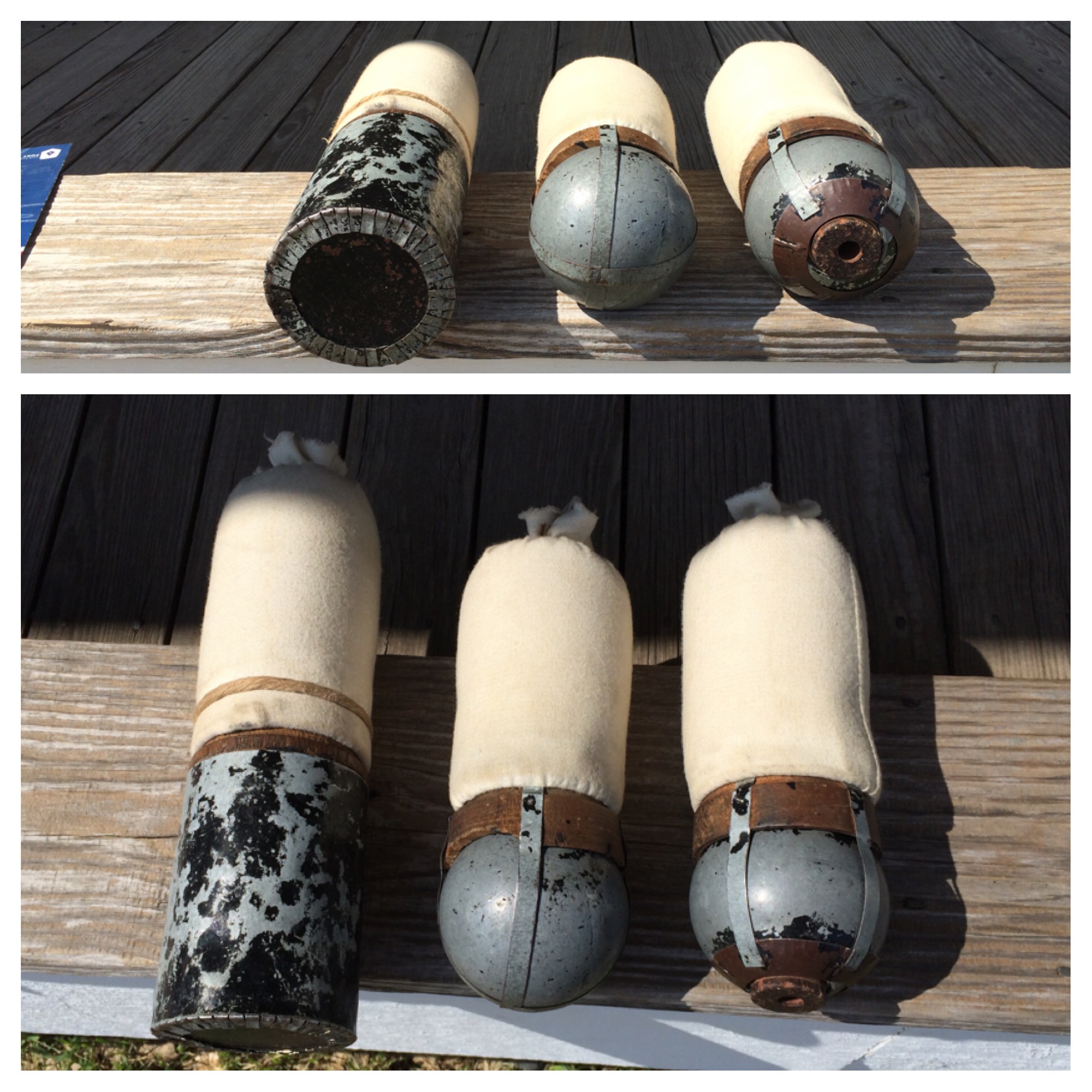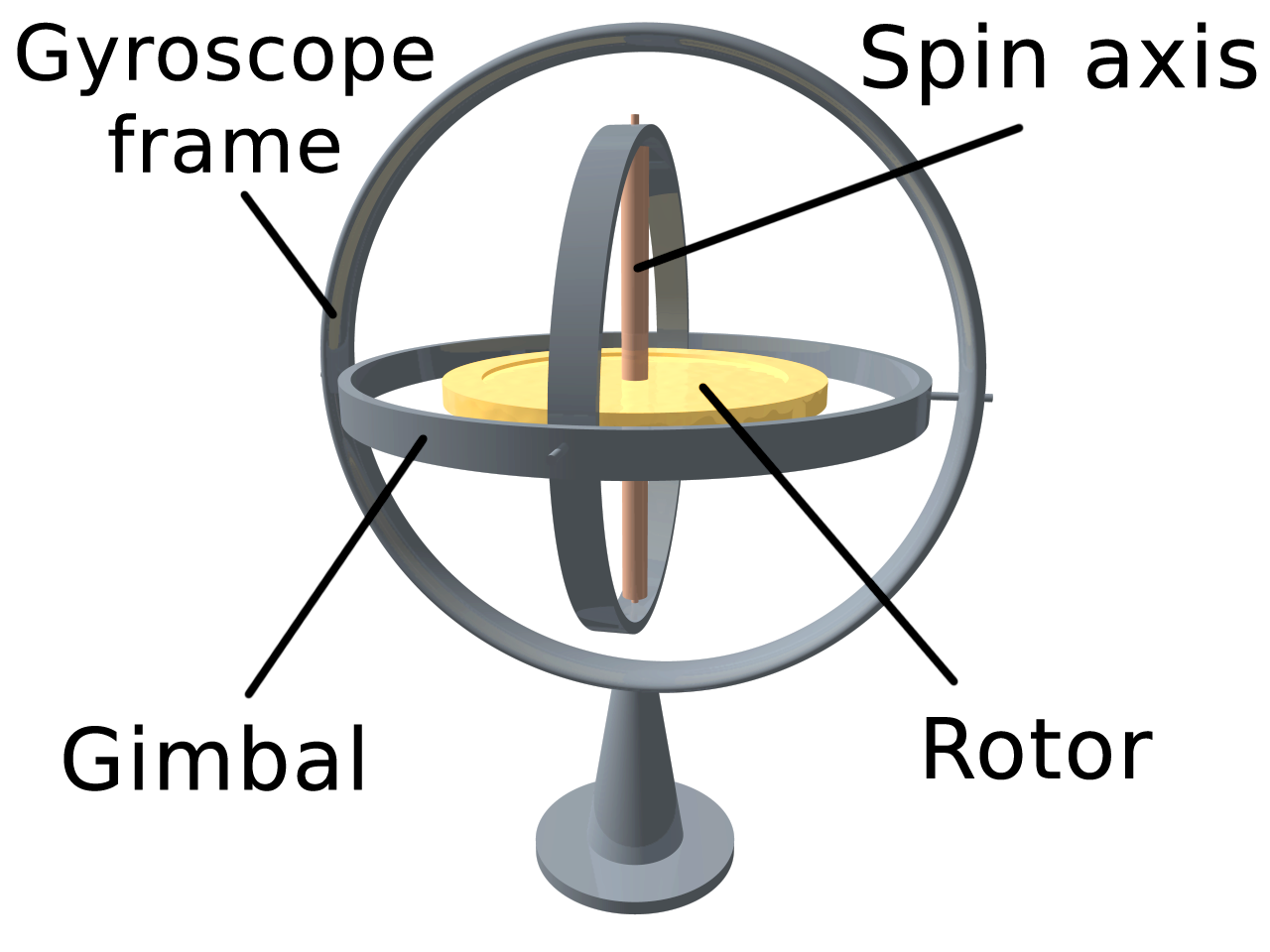|
Round Shot
A round shot (also called solid shot or simply ball) is a solid spherical projectile without explosive charge, launched from a gun. Its diameter is slightly less than the bore of the barrel from which it is shot. A round shot fired from a large-caliber gun is also called a cannonball. The cast iron cannonball was introduced by French artillery engineers after 1450; it had the capacity to reduce traditional English castle wall fortifications to rubble. French armories would cast a tubular cannon body in a single piece, and cannonballs took the shape of a sphere initially made from stone material. Advances in gunpowder manufacturing soon led the replacement of stone cannonballs with cast iron ones. Round shot was made in early times from dressed stone, referred to as gunstone (Middle English: ''gunneston''), but by the 17th century, from iron. It was used as the most accurate projectile that could be fired by a smoothbore cannon, used to batter the wooden hulls of oppos ... [...More Info...] [...Related Items...] OR: [Wikipedia] [Google] [Baidu] |
Heated Shot
Heated shot or hot shot is round shot that is heated before firing from muzzle-loading cannons, for the purpose of setting fire to enemy warships, buildings, or equipment. The use of heated shot dates back centuries. It was a powerful weapon against wooden warships, where fire was always a hazard. It was rendered obsolete in the mid-19th century when vessels armored with iron replaced wooden warships in the world's navies. Also at around the same time, the replacement of solid-iron shot with exploding shells gave artillery a far more destructive projectile that could be fired immediately without preparation.Roberts, 1863, pg. 107 The use of heated shot was mainly confined to shore batteries and forts, due to the need for a special furnace to heat the shot, and their use from a ship was in fact against Royal Navy regulations because they were so dangerous, although the American ship USS ''Constitution'' had a shot furnace installed for hot shot to be fired from her carronades. Th ... [...More Info...] [...Related Items...] OR: [Wikipedia] [Google] [Baidu] |
Castello Sforzesco
The Sforza Castle ( ; ) is a medieval fortification located in Milan, northern Italy. It was built in the 15th century by Francesco Sforza, Duke of Milan, on the remnants of a 14th-century fortification. Later renovated and enlarged, in the 16th and 17th centuries it was one of the largest citadels in Europe. Extensively rebuilt by Luca Beltrami in 1891–1905, it now houses several of the city's museums and art collections. History The original construction was ordered by Galeazzo II Visconti, a local nobleman, in 1358 – 1370; this castle was known as the ''Castello di Porta Giova'' (or ''Porta Zubia''), from the name of a gate in walls located nearby. It was built in the same area of the ancient Roman fortification of ''Castrum Portae Jovis'', which served as '' castra pretoria'' when the city was the capital of the Roman Empire. It was enlarged by Galeazzo's successors, Gian Galeazzo, Giovanni Maria and Filippo Maria Visconti, until it became a square-plan castle wit ... [...More Info...] [...Related Items...] OR: [Wikipedia] [Google] [Baidu] |
List Of Cannon Projectiles
A cannon is any large tubular firearm designed to fire a heavy projectile over a long distance. They were History of cannon, first used in Europe and China, and were the archetypical form of artillery. Round shot and grapeshot were the early projectiles used in cannon. Projectiles fired from cannon ; Round shot or solid shot or a cannonball or simply ball: A solid sphere, spherical projectile made, in early times, from dressed stone but, by the 17th century, from iron. The most accurate projectile that could be fired by a smooth-bore cannon, used to batter the wooden hulls of opposing ships, forts, or fixed emplacements, and as a long-range anti-personnel weapon. ; Chain shot or Split shot : Two sub-calibre round shot (a good deal smaller than the bore of the barrel) linked by a length of chain or a solid bar, and used to slash through the rigging and sails of an enemy ship so that it could no longer manoeuver. It was inaccurate and only used at close range. Two-headed bul ... [...More Info...] [...Related Items...] OR: [Wikipedia] [Google] [Baidu] |
Heated Shot
Heated shot or hot shot is round shot that is heated before firing from muzzle-loading cannons, for the purpose of setting fire to enemy warships, buildings, or equipment. The use of heated shot dates back centuries. It was a powerful weapon against wooden warships, where fire was always a hazard. It was rendered obsolete in the mid-19th century when vessels armored with iron replaced wooden warships in the world's navies. Also at around the same time, the replacement of solid-iron shot with exploding shells gave artillery a far more destructive projectile that could be fired immediately without preparation.Roberts, 1863, pg. 107 The use of heated shot was mainly confined to shore batteries and forts, due to the need for a special furnace to heat the shot, and their use from a ship was in fact against Royal Navy regulations because they were so dangerous, although the American ship USS ''Constitution'' had a shot furnace installed for hot shot to be fired from her carronades. Th ... [...More Info...] [...Related Items...] OR: [Wikipedia] [Google] [Baidu] |
Chain Shot
In artillery, chain shot is a type of cannon projectile formed of two sub-calibre balls, or half-balls, chained together. Bar shot is similar, but joined by a solid bar. They were used in the age of sailing ships and black powder cannon to shoot masts, or to cut the shrouds and any other rigging of a target ship. When fired, after leaving the muzzle, the shot's components tumble in the air, and the connecting chain fully extends. In past use, as much as 1.8 m (6 ft) of chain would sweep through the target. However, the tumbling made both bar and chain shot less accurate, so they were used at shorter ranges. Chain shot was sometimes used on land as an anti-personnel load. It was used by the defenders of Magdeburg in May 1631 as an anti-personnel load, which, according to counselor Otto von Guericke, was one reason for the extreme violence of the victorious attackers. It was also used against Parliamentarians in the first English Civil War, and against Cromwell in Ireland ... [...More Info...] [...Related Items...] OR: [Wikipedia] [Google] [Baidu] |
Carcass (projectile)
A carcass was an early form of incendiary bomb or shell, intended to set targets on fire. It comprised an external casing, usually of cast iron, filled with a highly flammable mixture, and having three to five holes through which the burning filling could blaze outward."Carcass". ''Oxford English Dictionary''. Oxford University Press. 2nd edition. 1989. Carcasses were shot from howitzers, mortars, and other cannons to set fire to buildings and defences; on impact, the shell shattered, spreading its incendiary filling around the target. Congreve rockets were also sometimes fitted with carcass heads. They were named ''carcass'' because the circles which pass from one ring, or plate, to the other, were thought to resemble the ribs of a human carcass. History Carcasses were used for the first time by the French and Münsterite troops under Louis XIV and Bernard von Galen in 1672. They were also fired from bomb vessels. The carcass shell as used by the Royal Navy in the 18th and e ... [...More Info...] [...Related Items...] OR: [Wikipedia] [Google] [Baidu] |
Ogival
An ogive ( ) is the roundly tapered end of a two- or three-dimensional object. Ogive curves and surfaces are used in engineering, architecture, woodworking, and ballistics. Etymology The French Orientalist Georges Séraphin Colin gives as the term's origin the Arabic ''al-ġubb'' () 'cistern', pronounced ''al-ġibb'' () in vernacular Iberian Arabic, through the Spanish ''aljibe'' or archaically ''algibe.'' The earliest use of the word ''ogive'' is found in the 13th-century sketchbook of Villard de Honnecourt, from Picardy in northern France. The ''Oxford English Dictionary'' considers the French term's origin obscure; it might come from the Late Latin , the feminine perfect passive participle of , meaning the one who has met or encountered the other. However, Merriam-Webster's dictionary says it is from the "Middle English stone comprising an arch, from Middle French diagonal arch". According to Wiktionary, the French term comes "from Vulgar Latin augīvus, from Latin ... [...More Info...] [...Related Items...] OR: [Wikipedia] [Google] [Baidu] |
Gyroscopic
A gyroscope (from Ancient Greek γῦρος ''gŷros'', "round" and σκοπέω ''skopéō'', "to look") is a device used for measuring or maintaining orientation and angular velocity. It is a spinning wheel or disc in which the axis of rotation (spin axis) is free to assume any orientation by itself. When rotating, the orientation of this axis is unaffected by tilting or rotation of the mounting, due to the conservation of angular momentum. Gyroscopes based on other operating principles also exist, such as the microchip-packaged MEMS gyroscopes found in electronic devices (sometimes called gyrometers), solid-state ring lasers, fibre optic gyroscopes, and the extremely sensitive quantum gyroscope. Applications of gyroscopes include inertial navigation systems, such as in the Hubble Space Telescope, or inside the steel hull of a submerged submarine. Due to their precision, gyroscopes are also used in gyrotheodolites to maintain direction in tunnel mining. Gyroscopes can ... [...More Info...] [...Related Items...] OR: [Wikipedia] [Google] [Baidu] |
Rifling
Rifling is the term for helical grooves machined into the internal surface of a firearms's barrel for imparting a spin to a projectile to improve its aerodynamic stability and accuracy. It is also the term (as a verb) for creating such grooves. The opposite of rifling is smoothbore. Rifling is measured in ''twist rate'', the distance the rifling takes to complete one full revolution, expressed as a ratio with 1 as its base (e.g., 1:). A shorter distance/lower ratio indicates a faster twist, generating a higher spin rate (and greater projectile stability). The combination of length, weight, and shape of a projectile determines the twist rate needed to gyroscopically stabilize it: barrels intended for short, large-diameter projectiles such as spherical lead balls require a very low twist rate, such as 1 turn in 48 inches (122 cm). Barrels intended for long, small-diameter projectiles, such as the ultra-low-drag 80-grain 0.223 inch bullets (5.2 g, 5.56&nb ... [...More Info...] [...Related Items...] OR: [Wikipedia] [Google] [Baidu] |
Shell (projectile)
A shell, in a modern military context, is a projectile whose payload contains an explosive, incendiary device, incendiary, or other chemical filling. Originally it was called a bombshell, but "shell" has come to be unambiguous in a military context. A shell can hold a tracer ammunition, tracer. All explosive- and incendiary-filled projectiles, particularly for mortar (weapon), mortars, were originally called ''grenades'', derived from the French language, French word for pomegranate, so called because of the similarity of shape and that the multi-seeded fruit resembles the powder-filled, fragmentizing bomb. Words cognate with ''grenade'' are still used for an artillery or mortar projectile in some European languages. Shells are usually large-caliber projectiles fired by artillery, armored fighting vehicle, armoured fighting vehicles (e.g. tanks, assault guns, and mortar carriers), warships, and autocannons. The shape is usually a cylinder (geometry), cylinder topped by an o ... [...More Info...] [...Related Items...] OR: [Wikipedia] [Google] [Baidu] |





